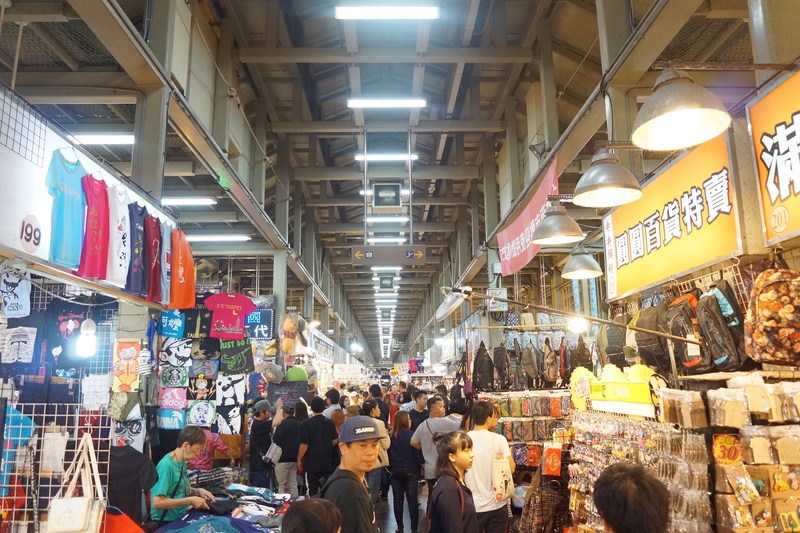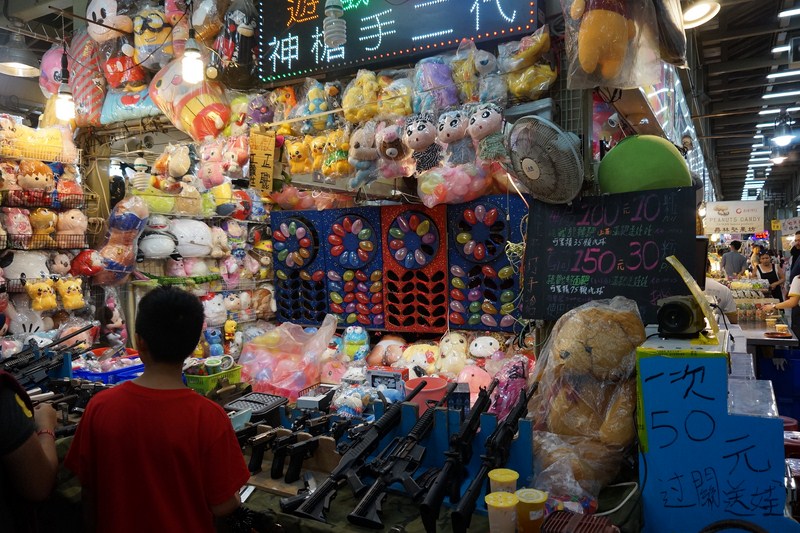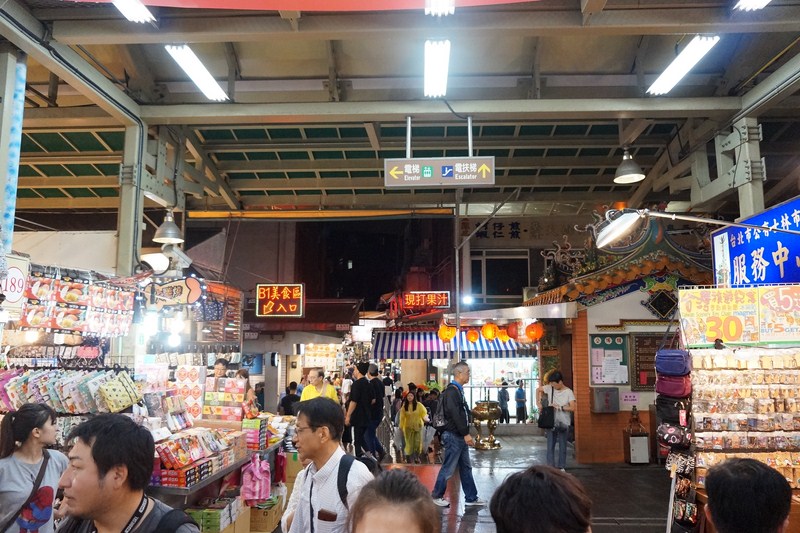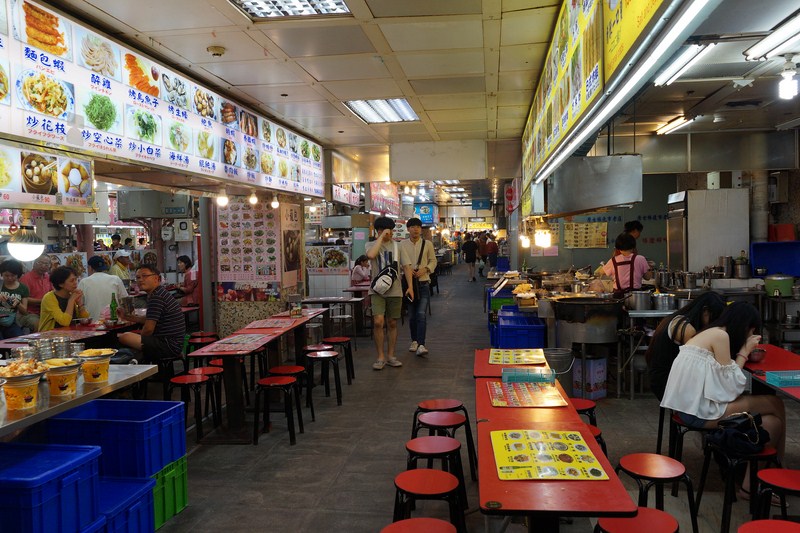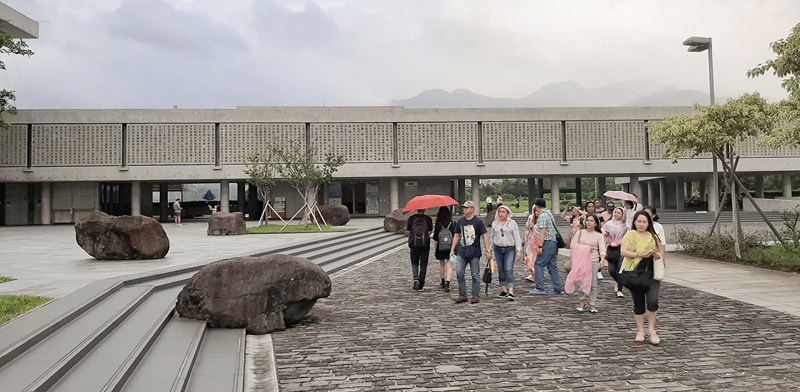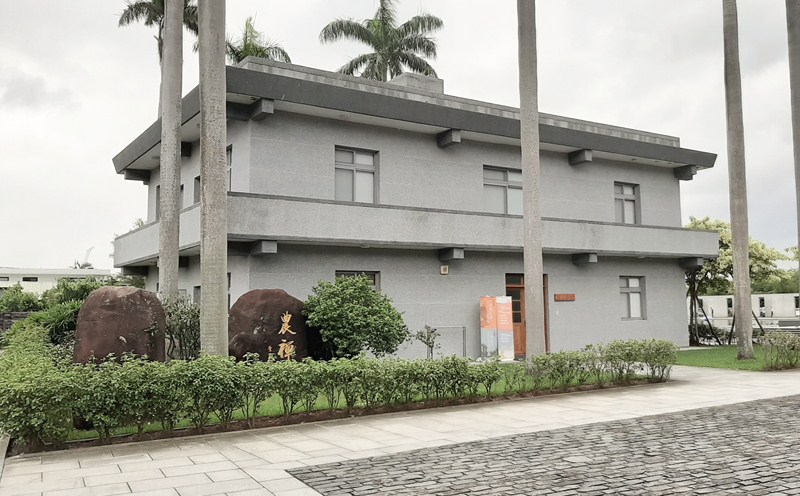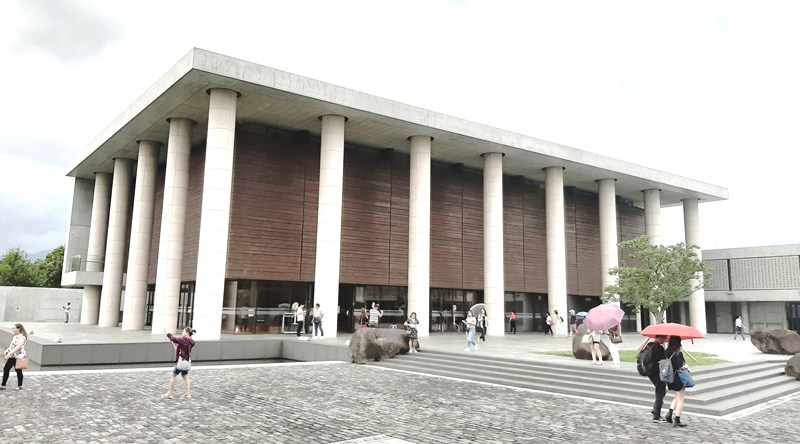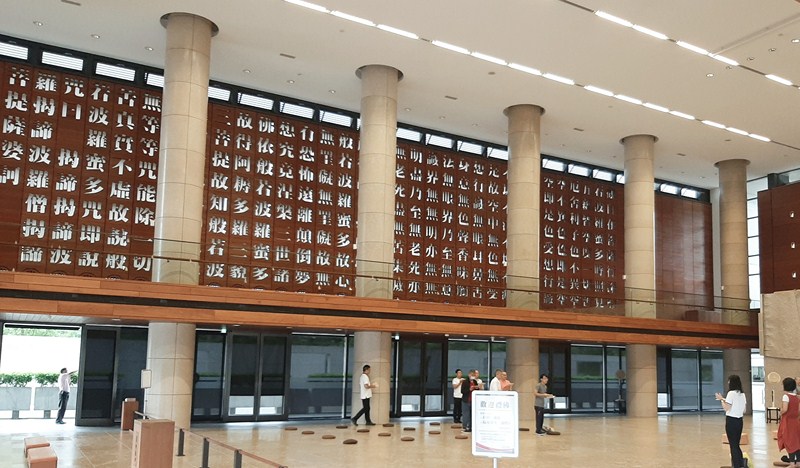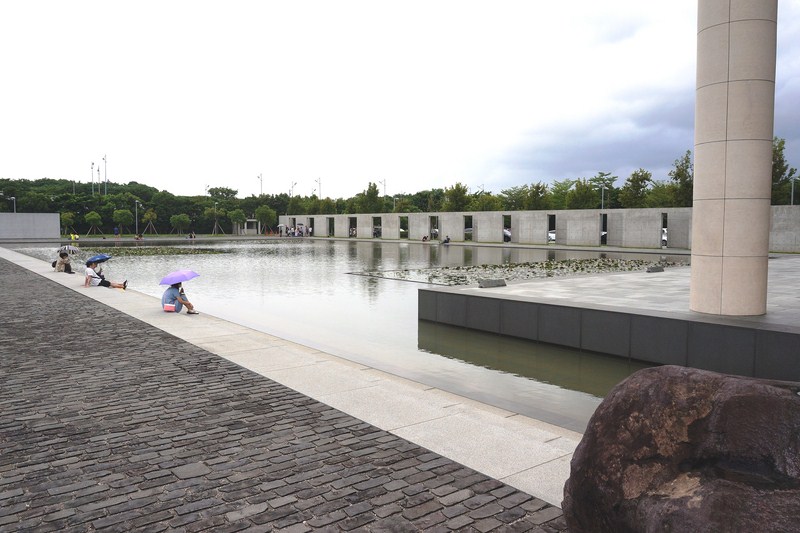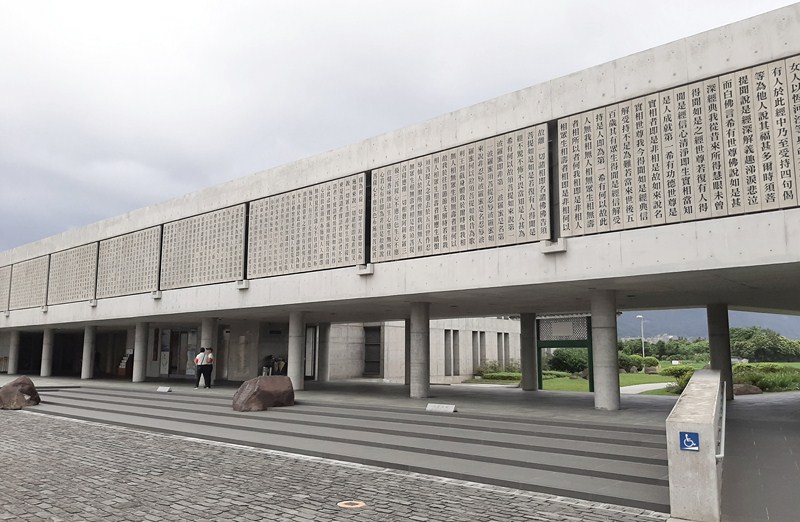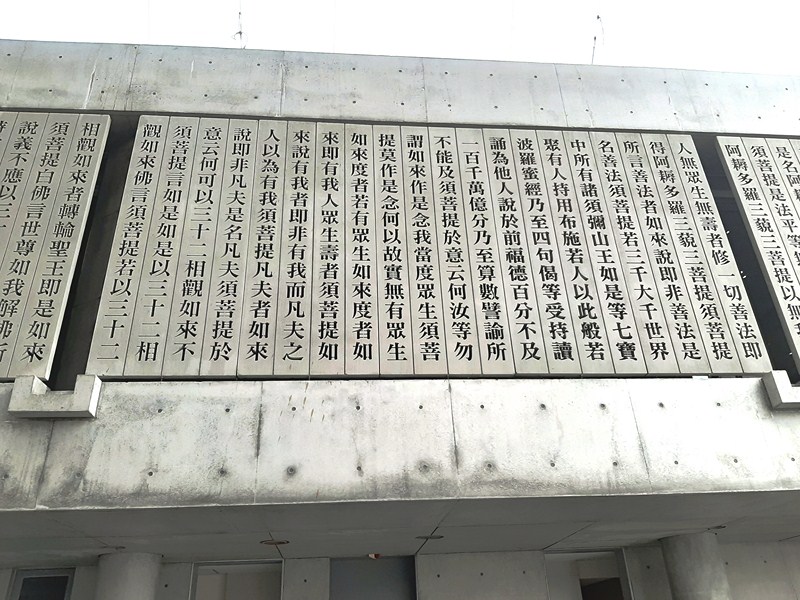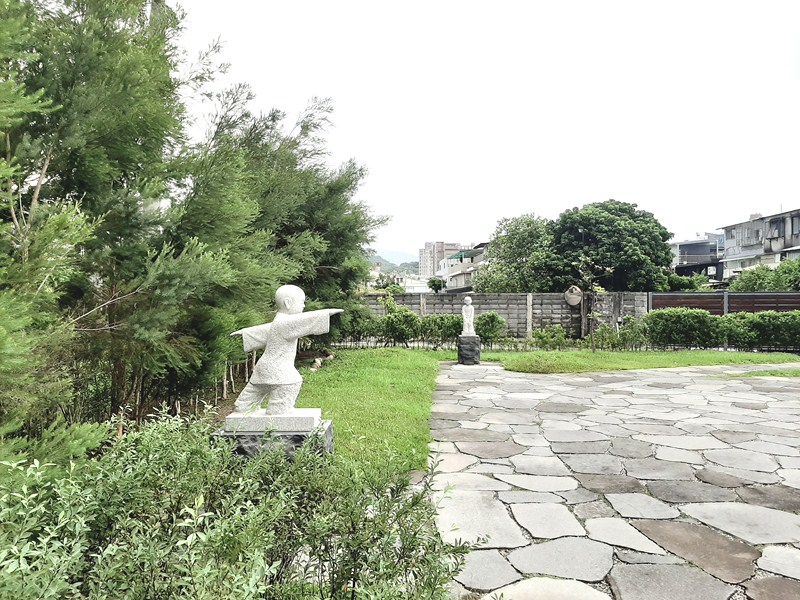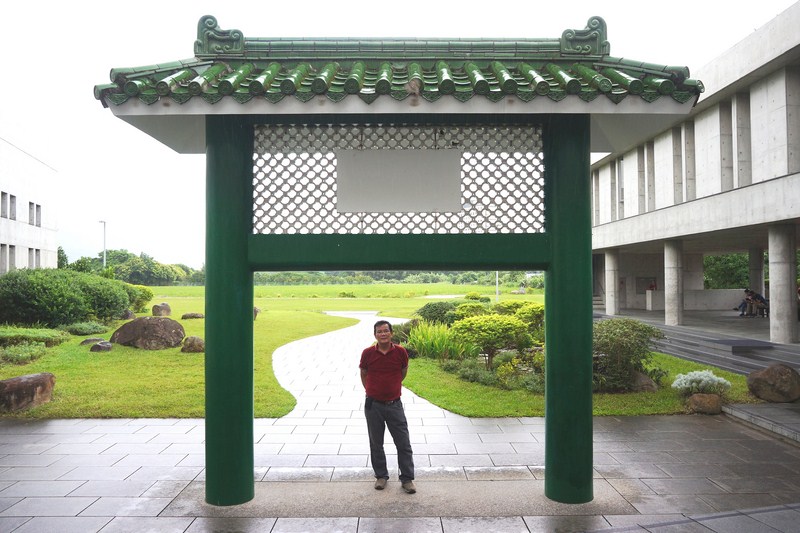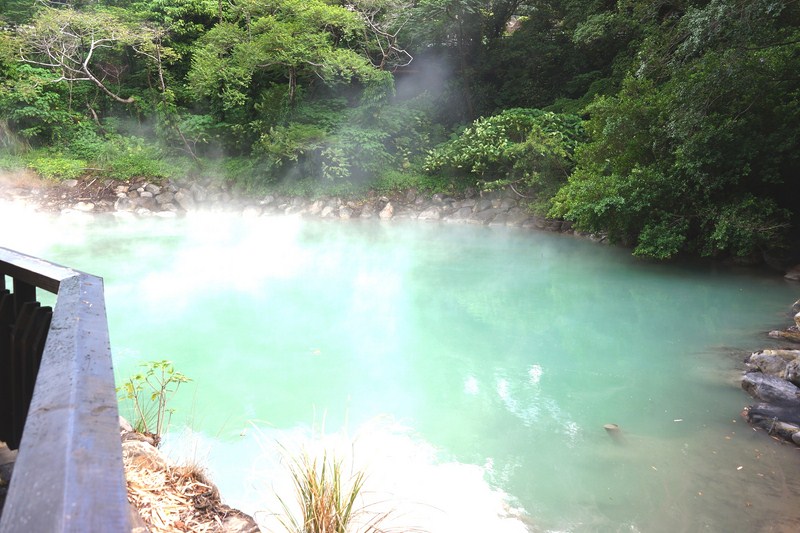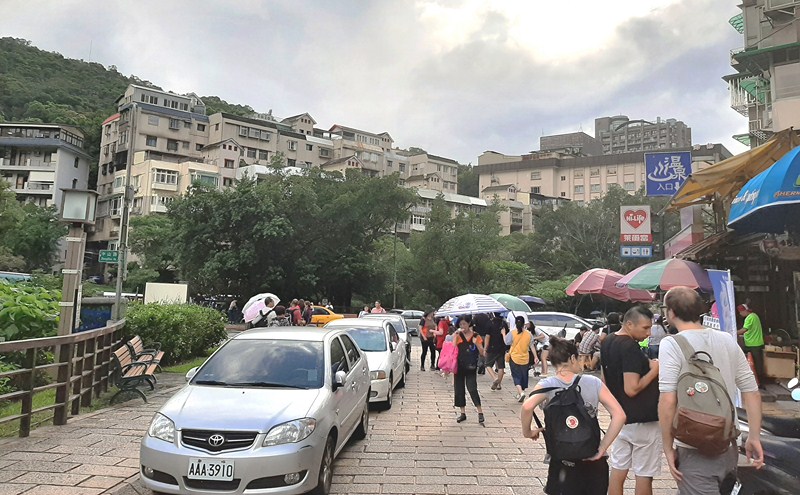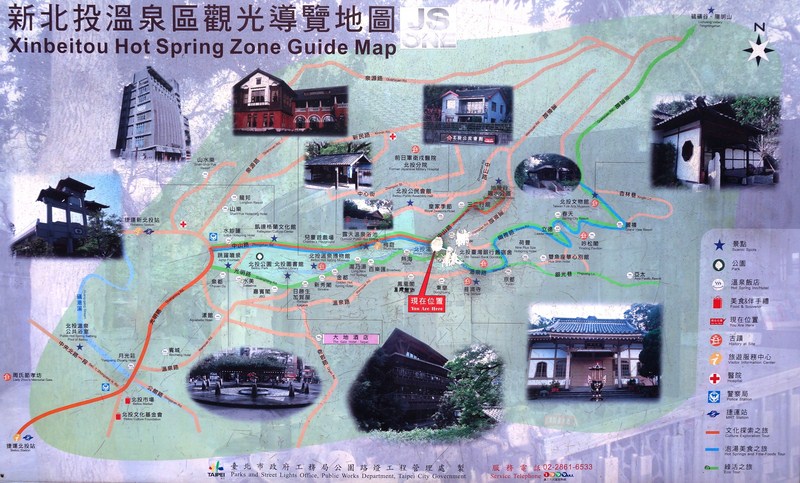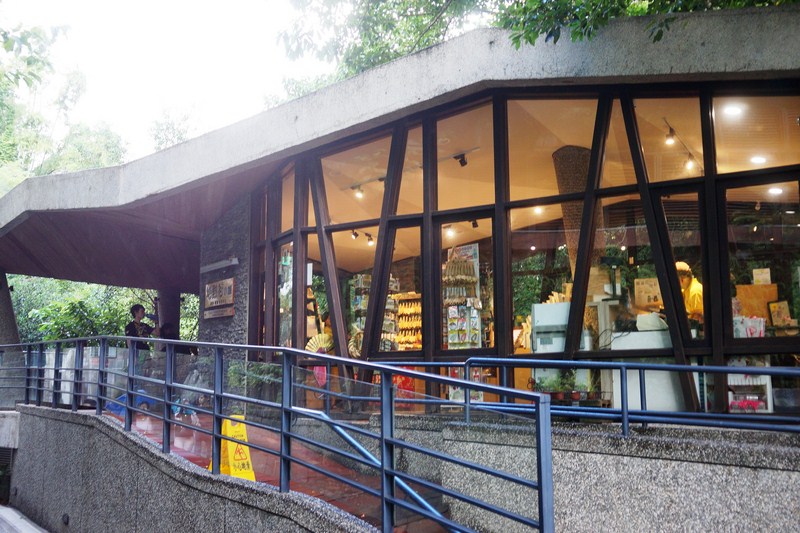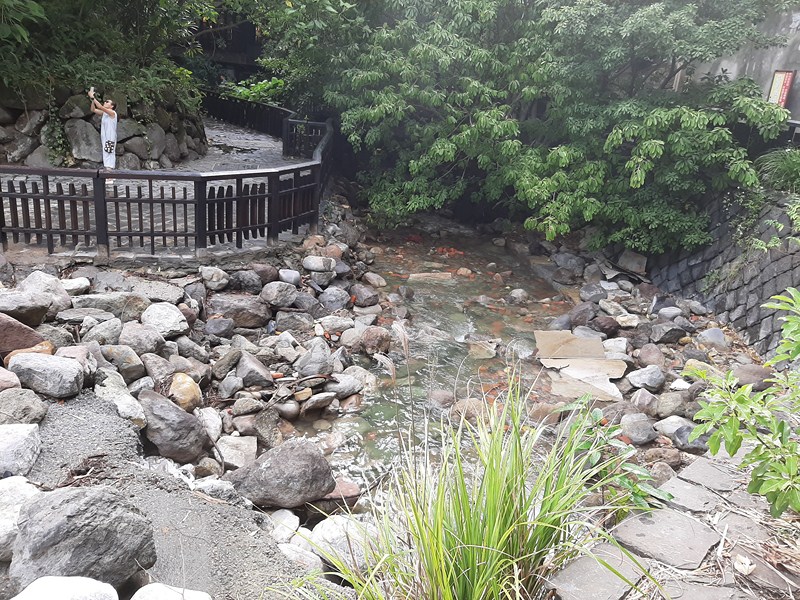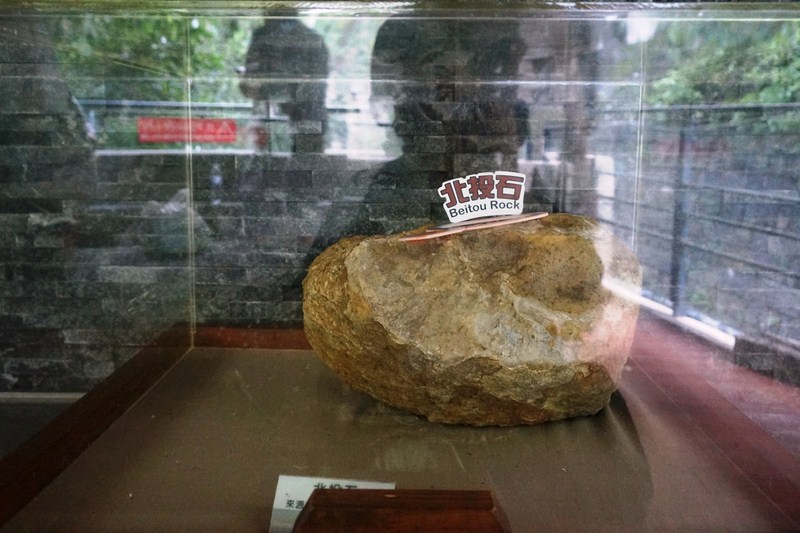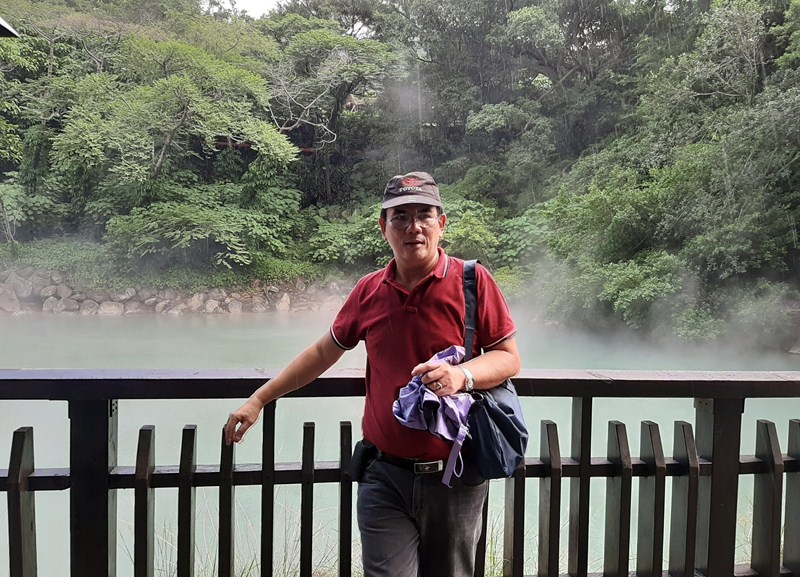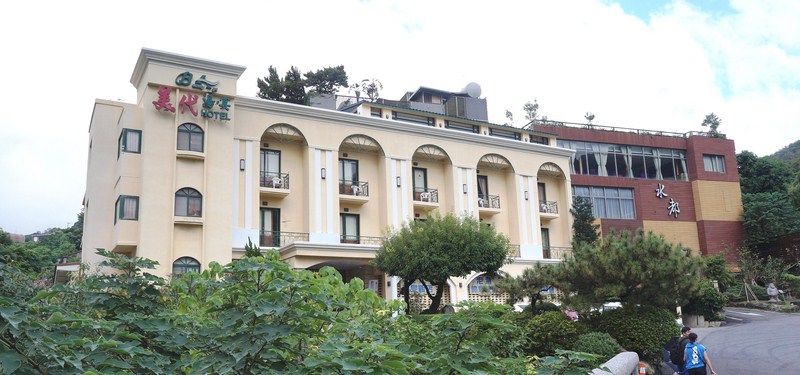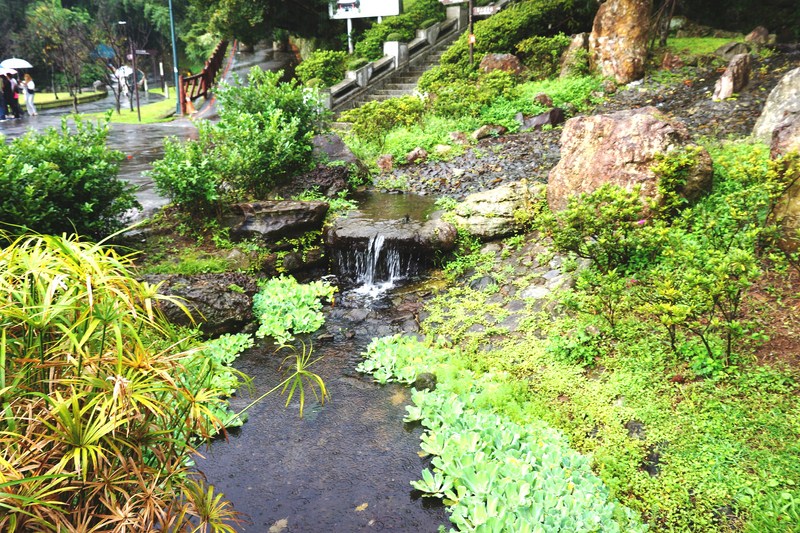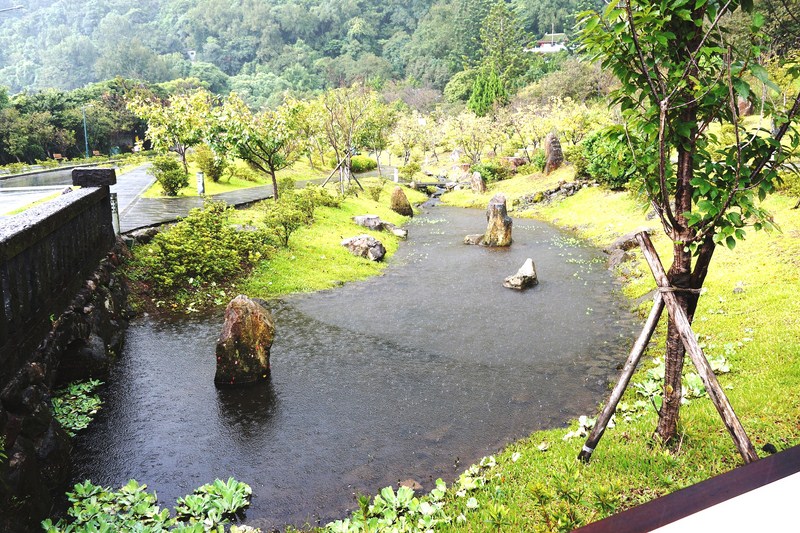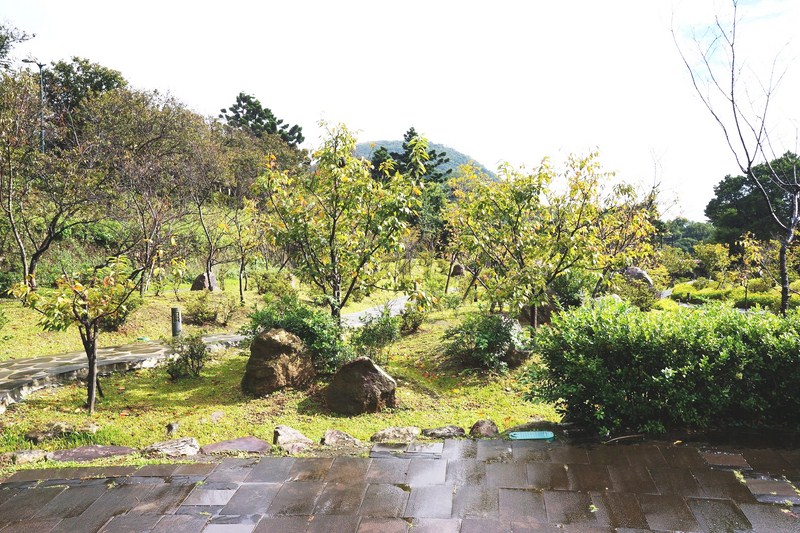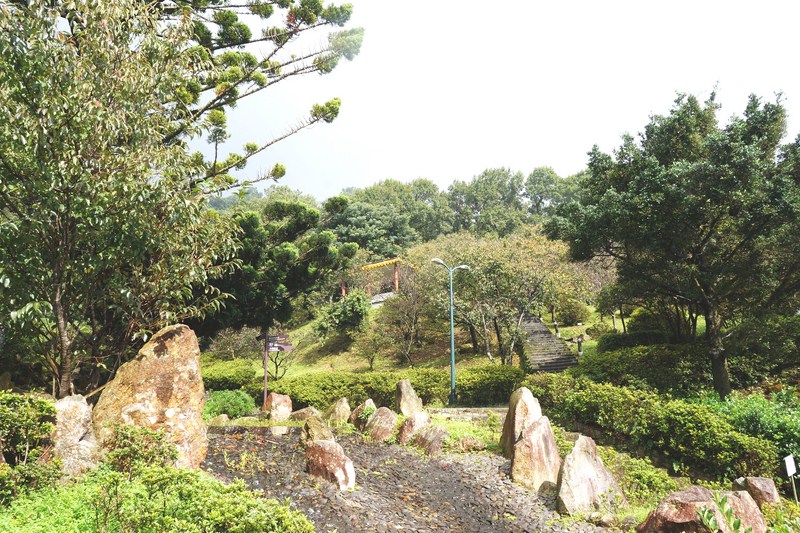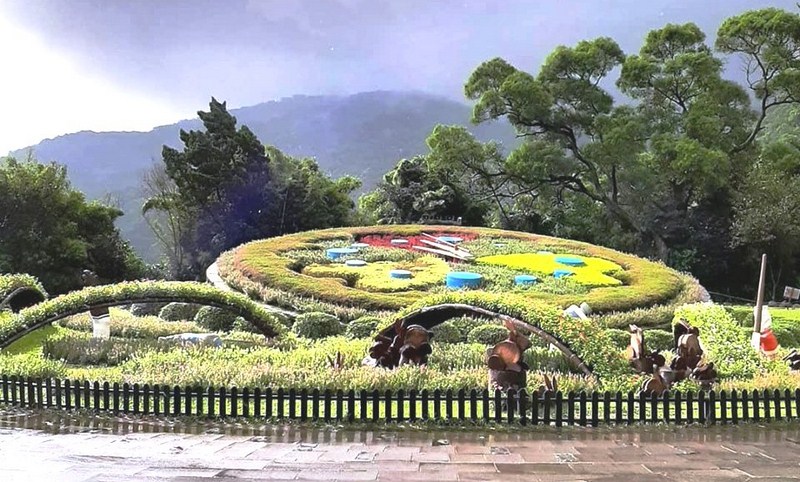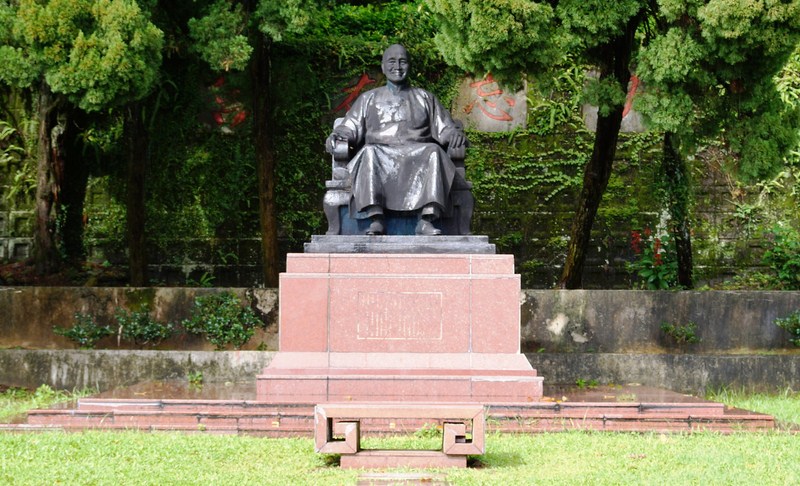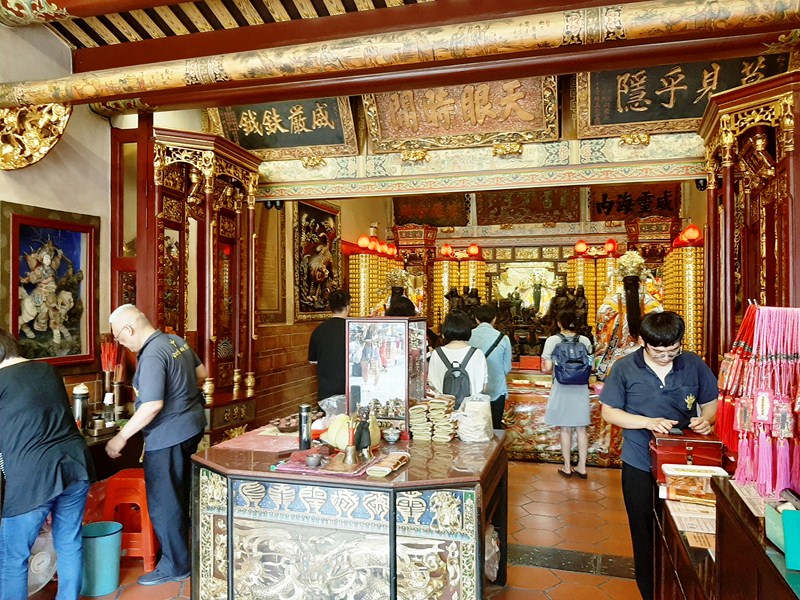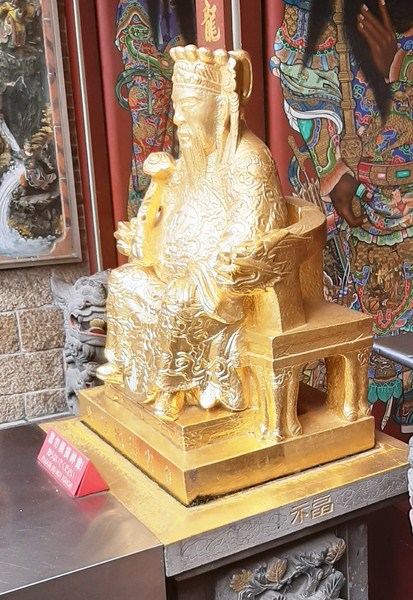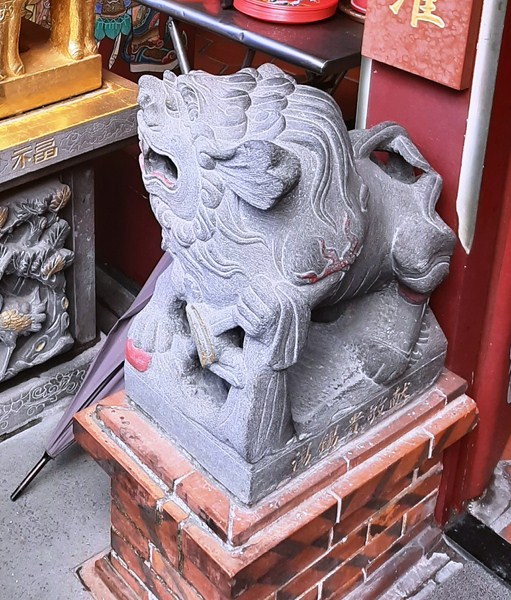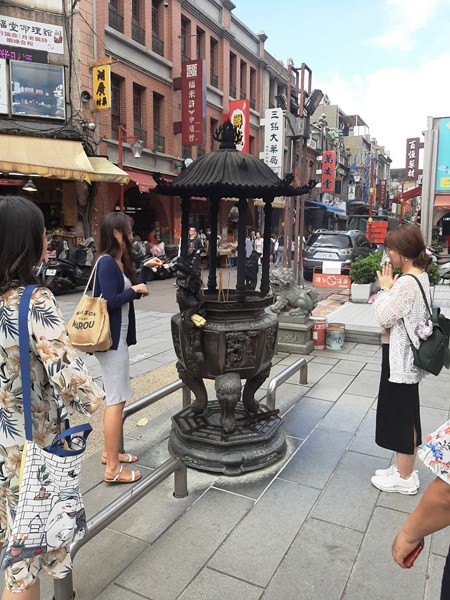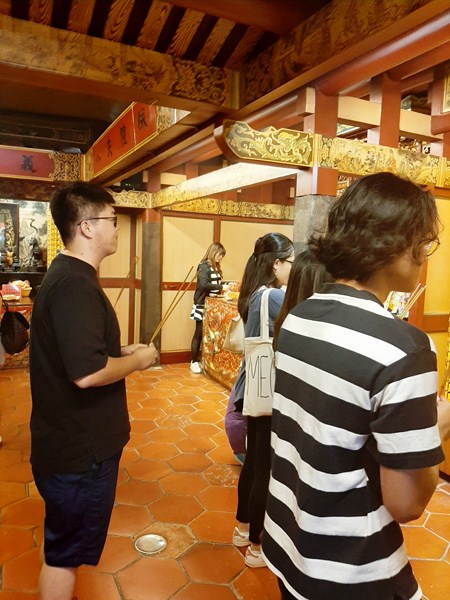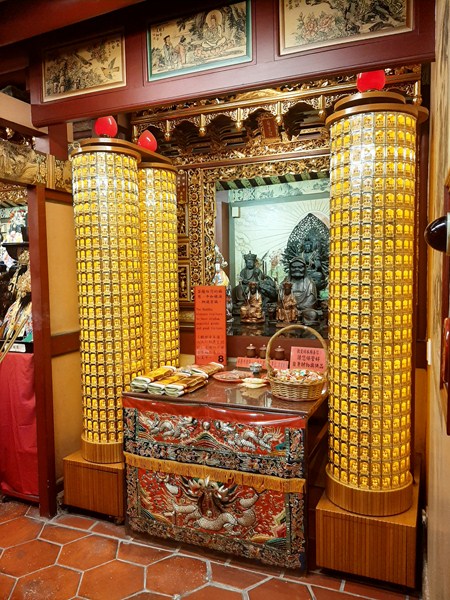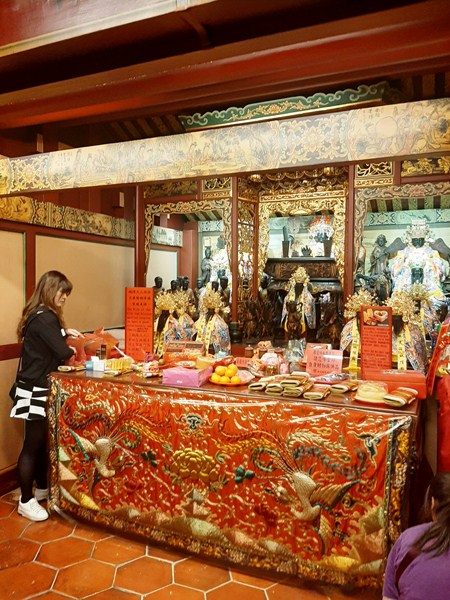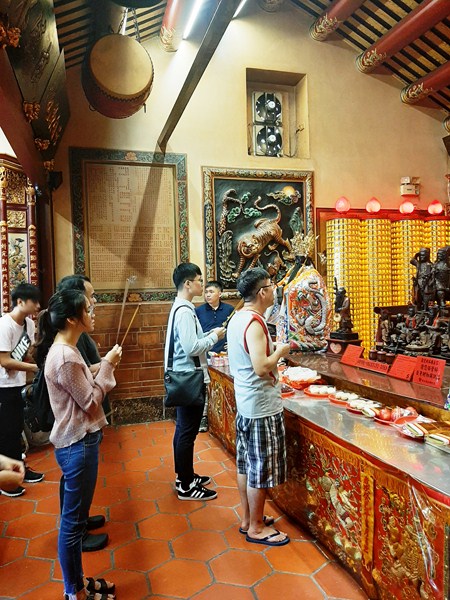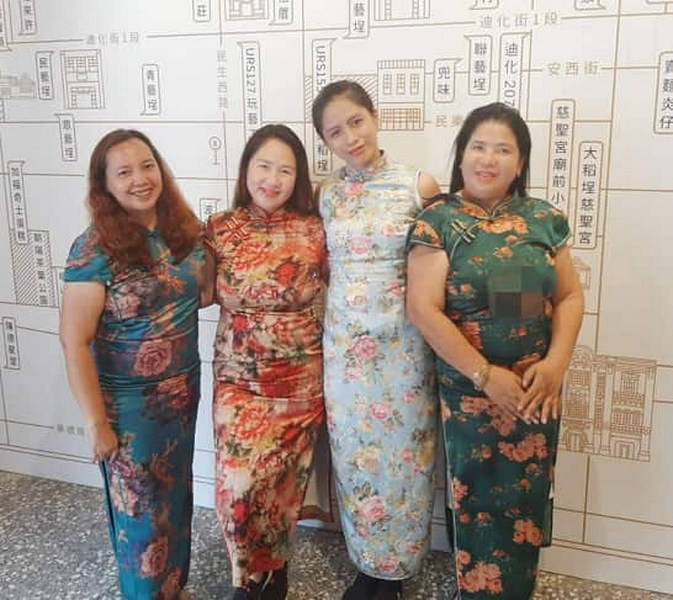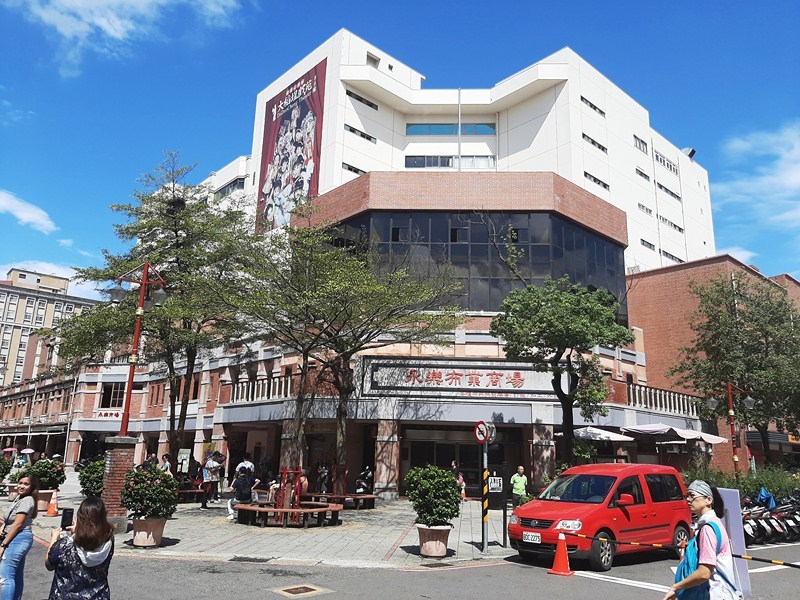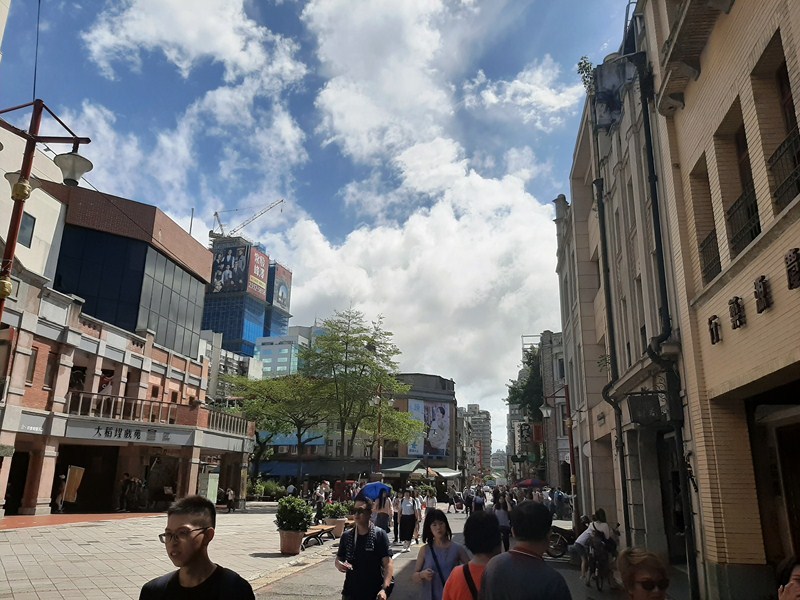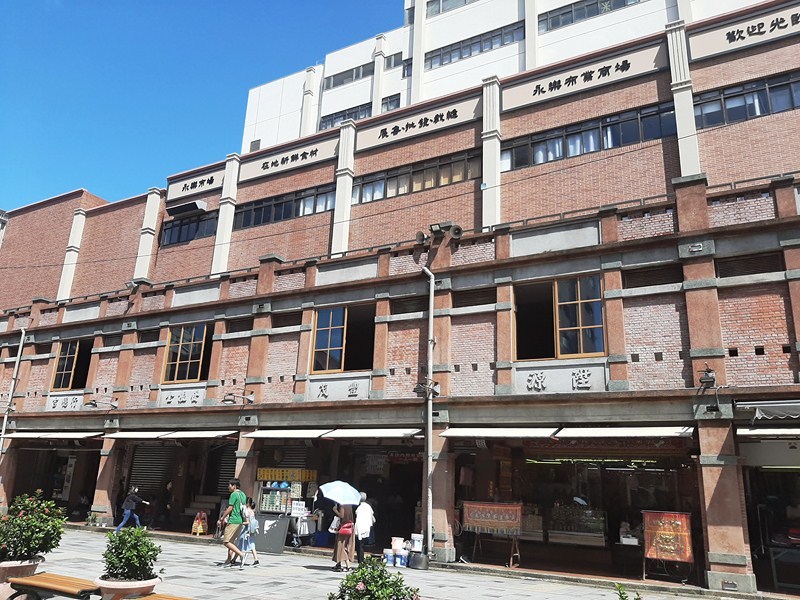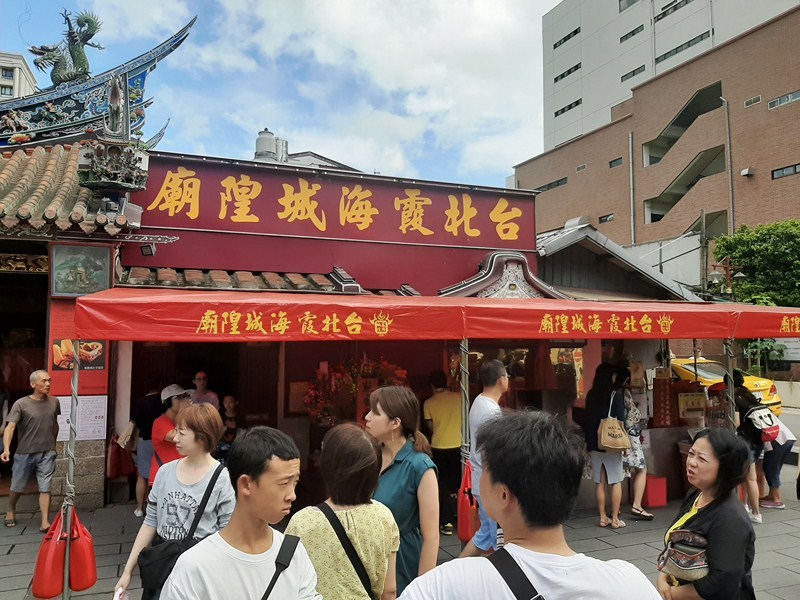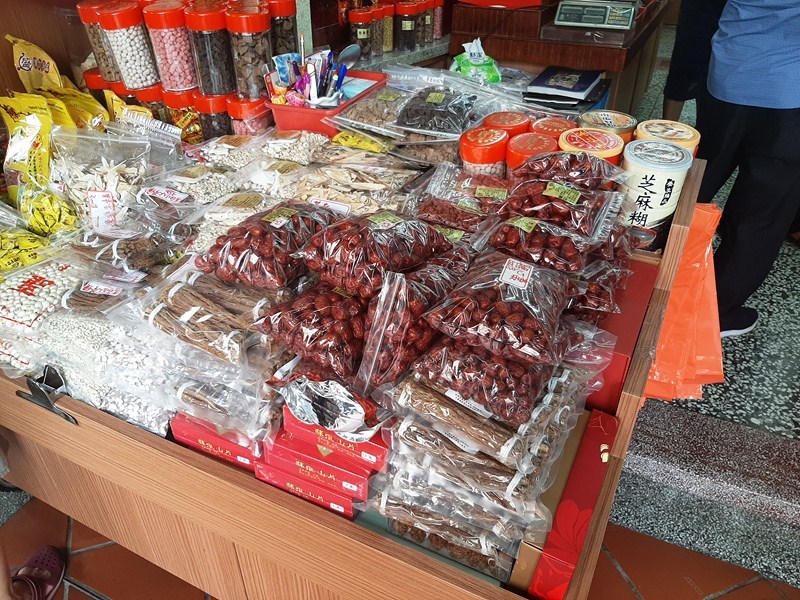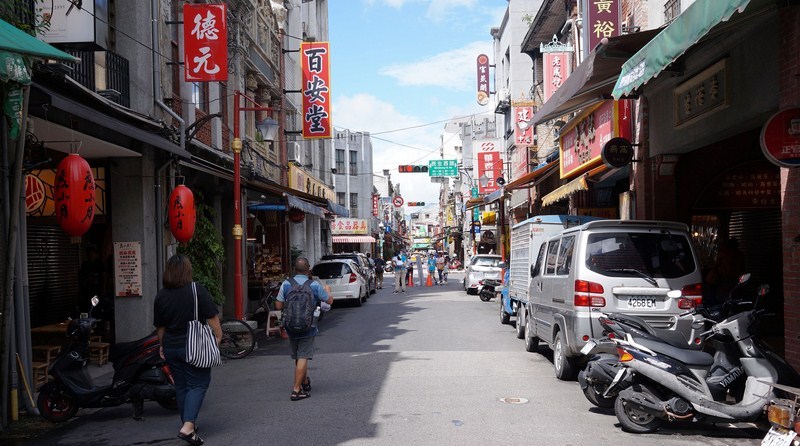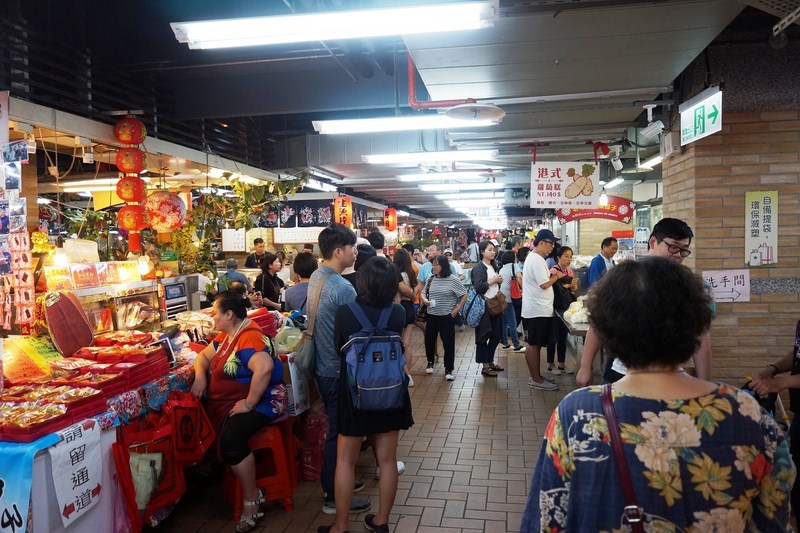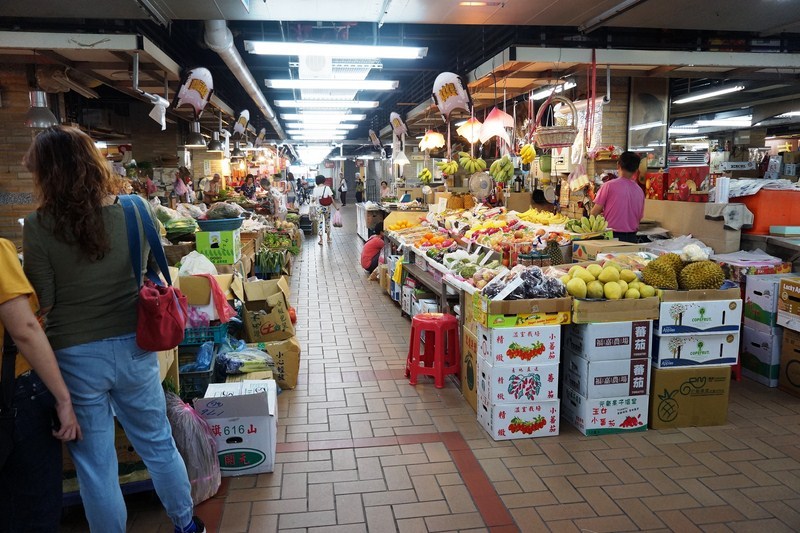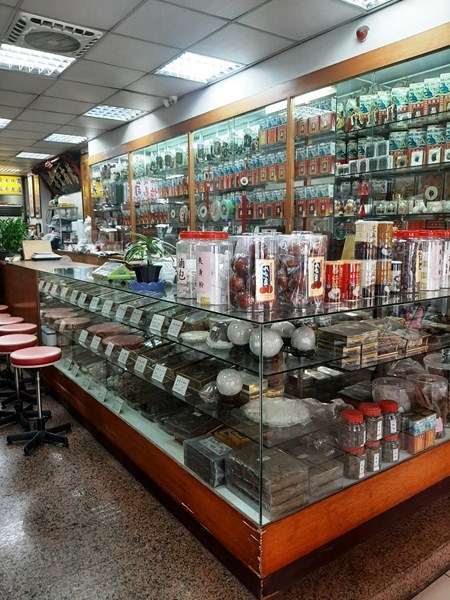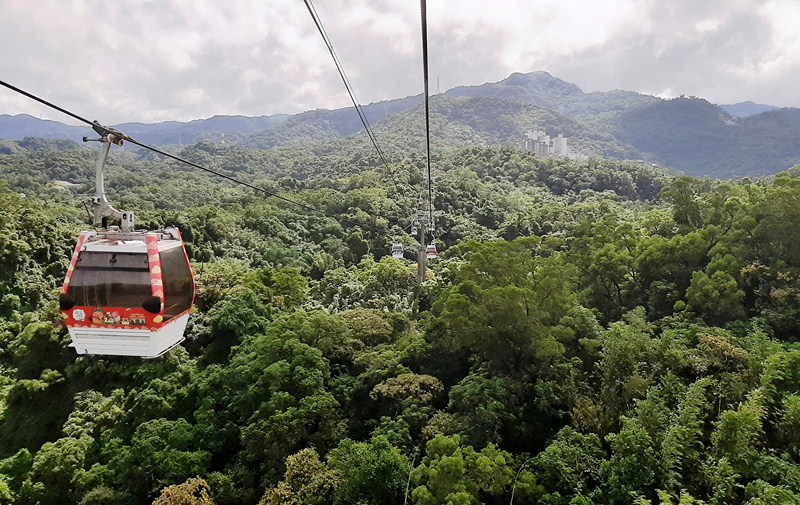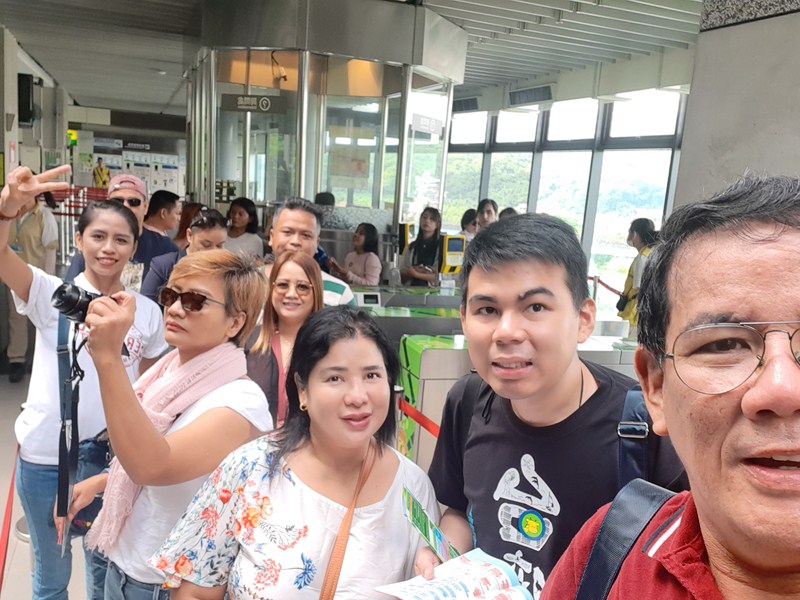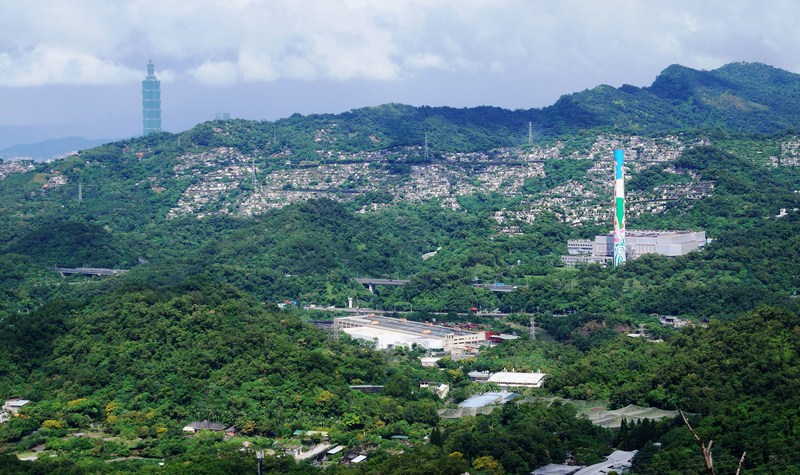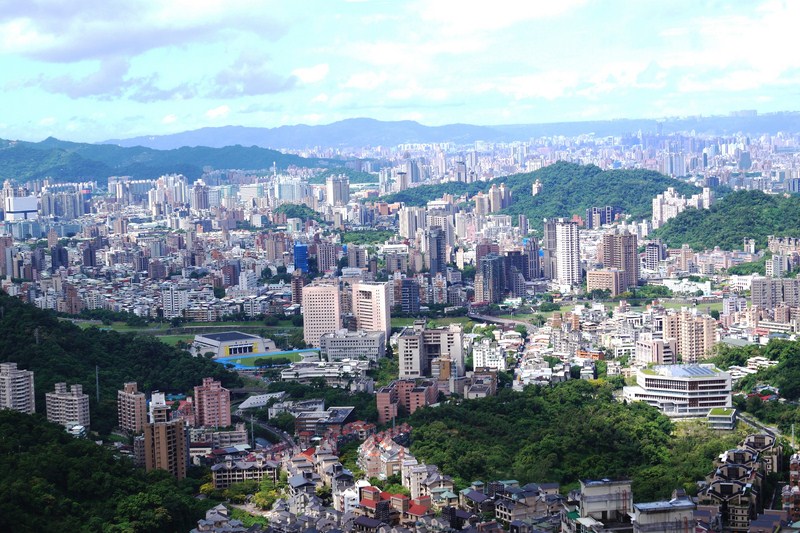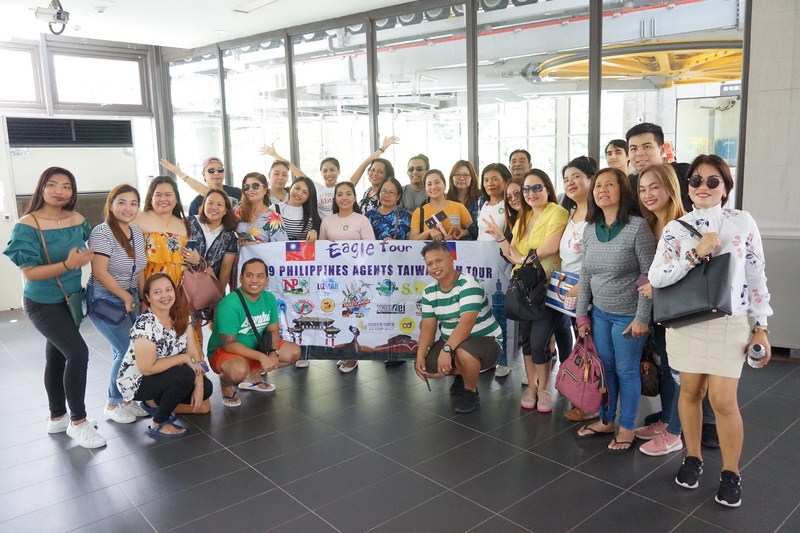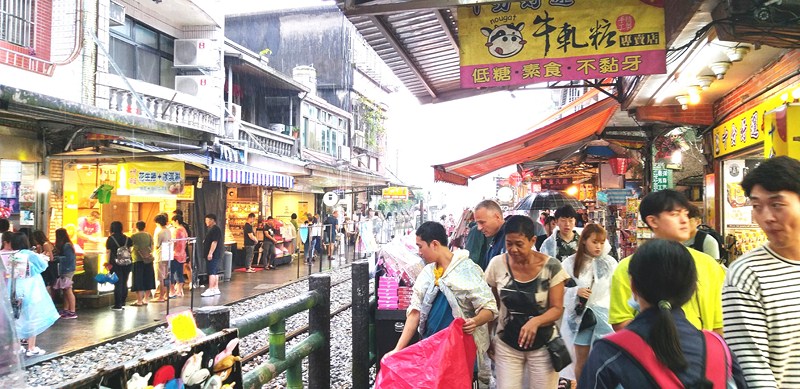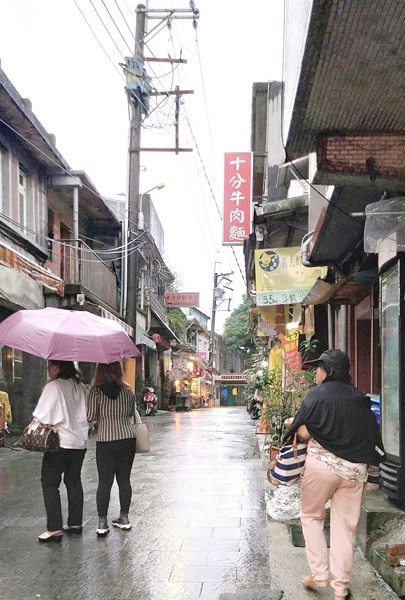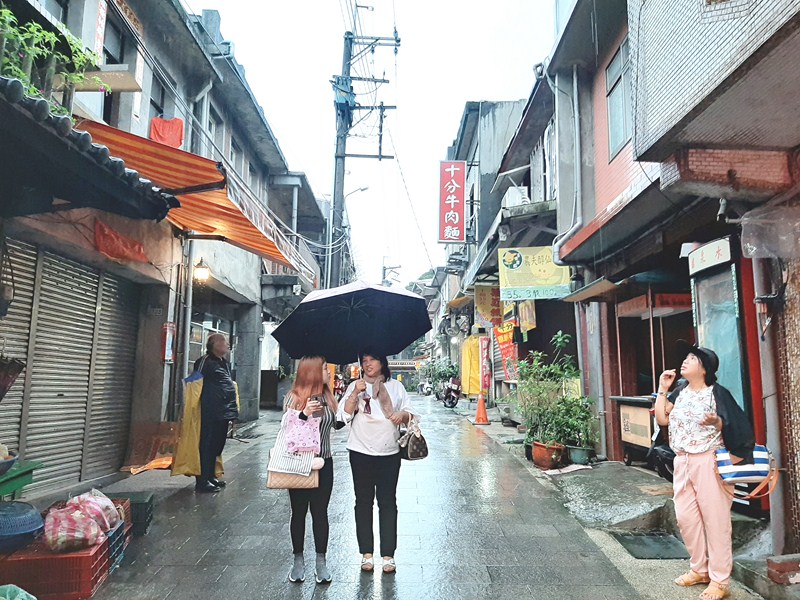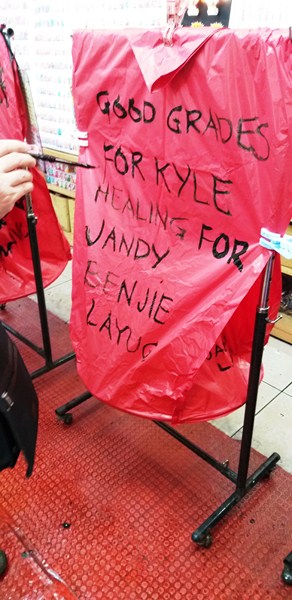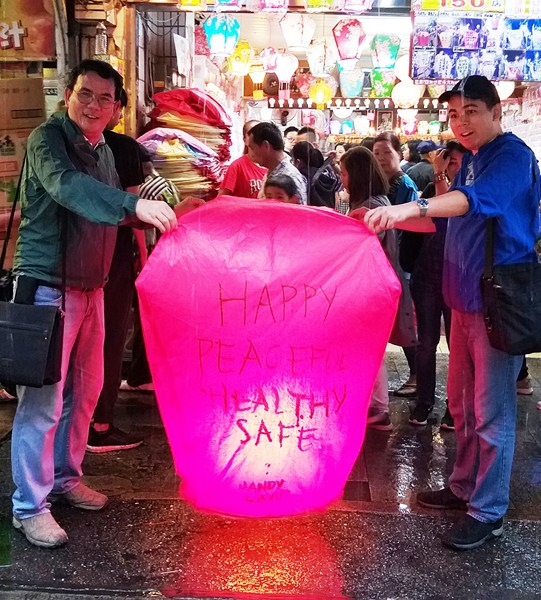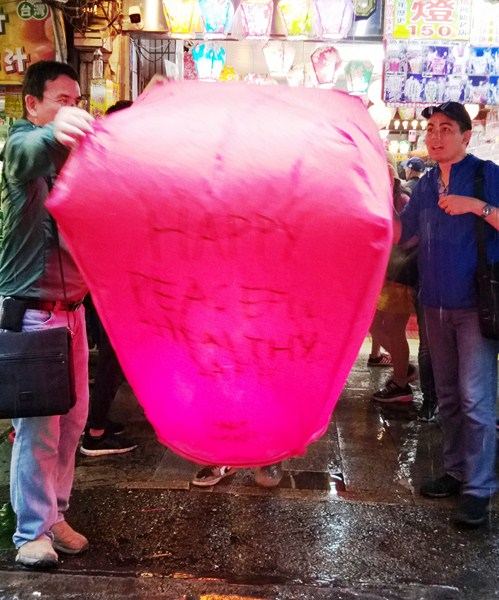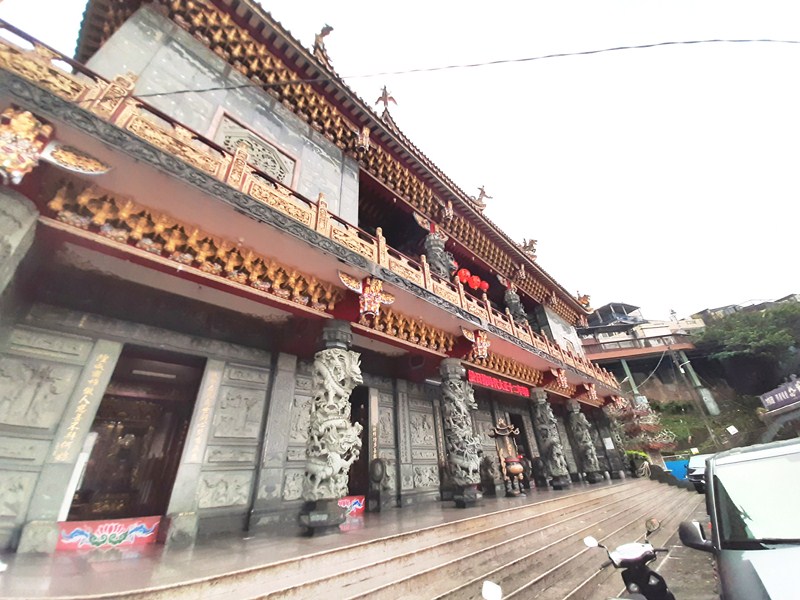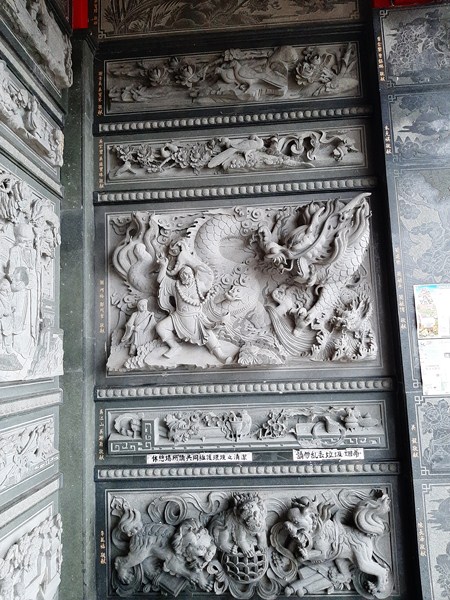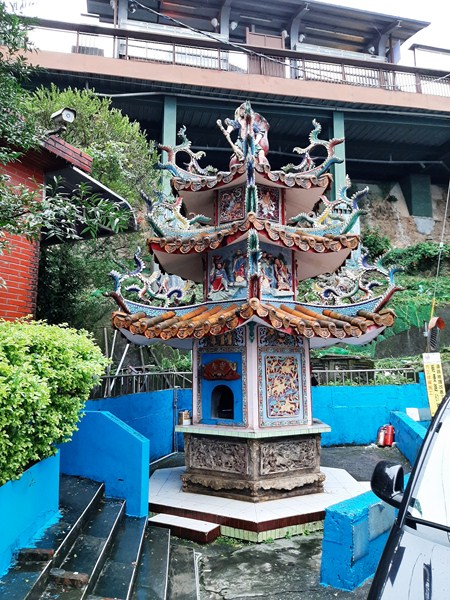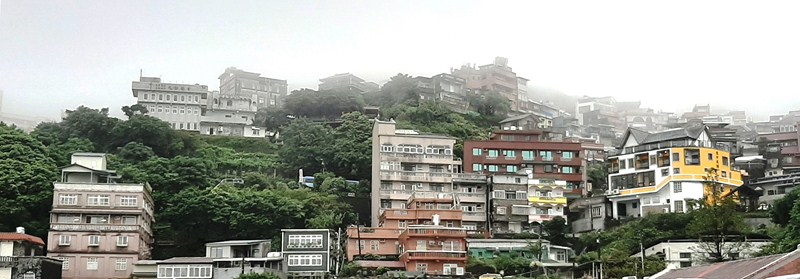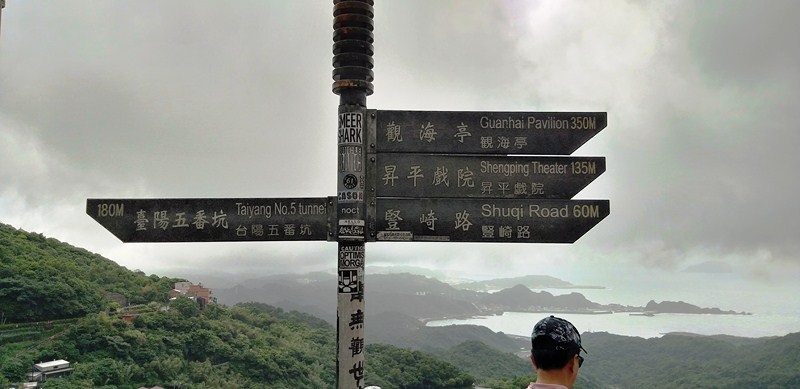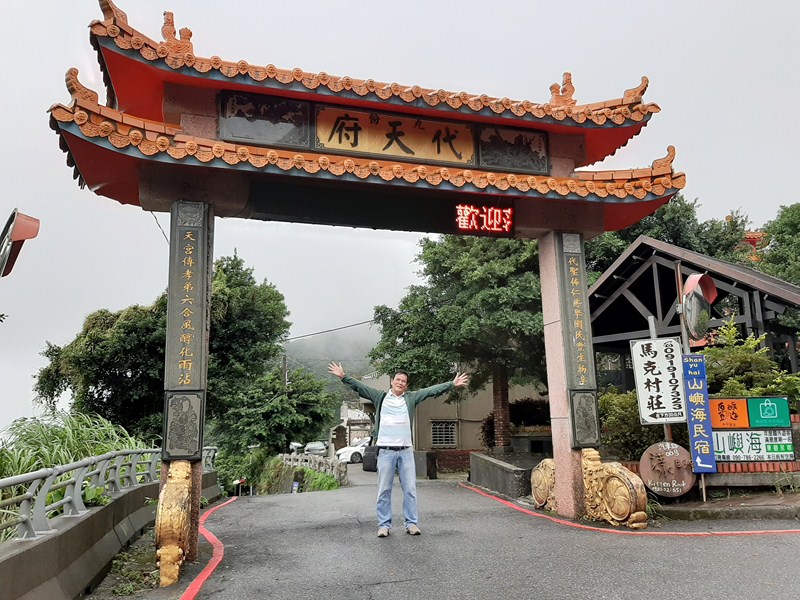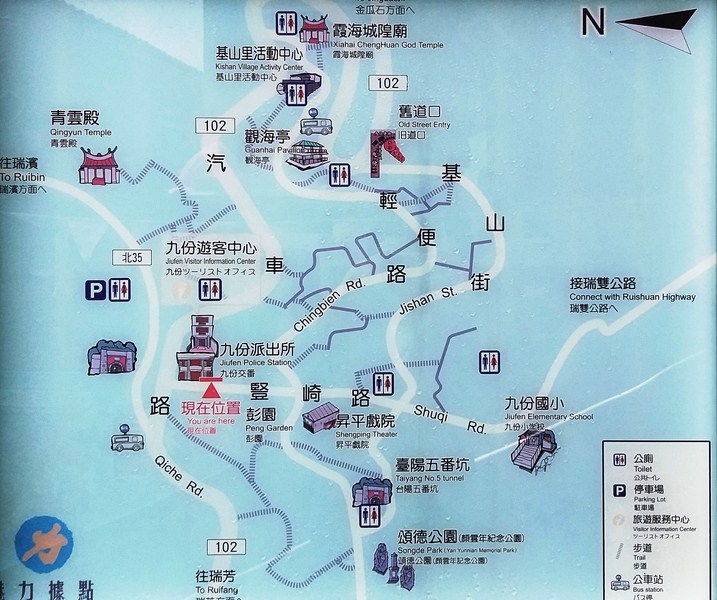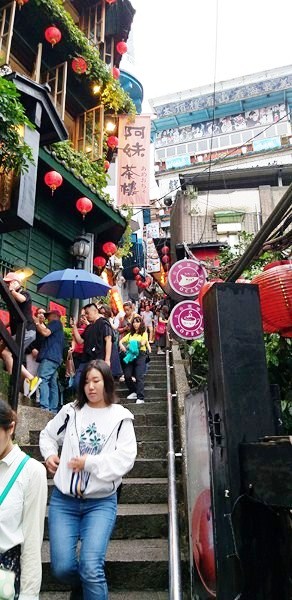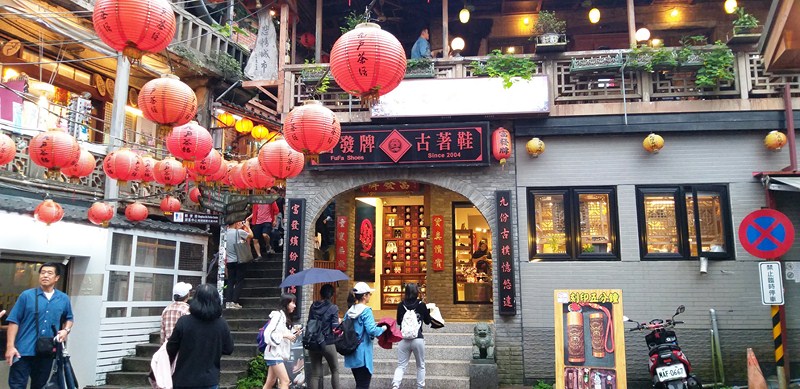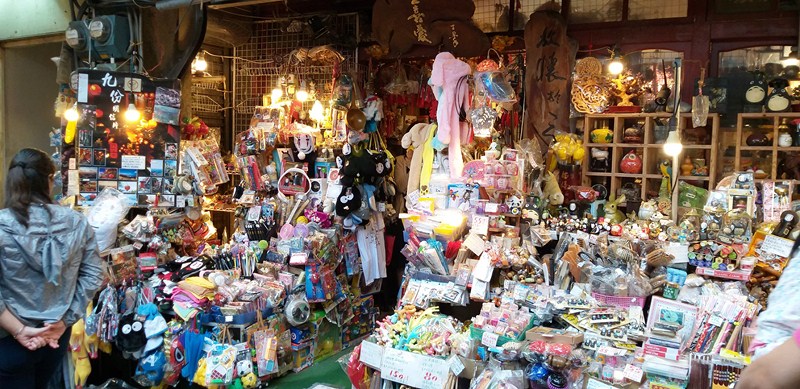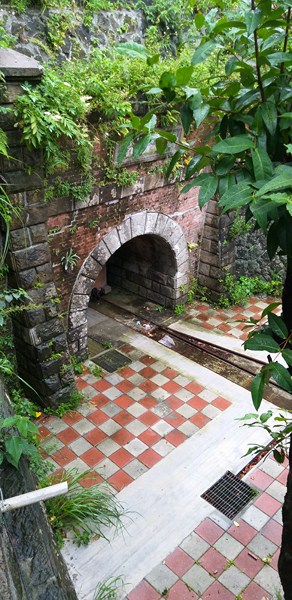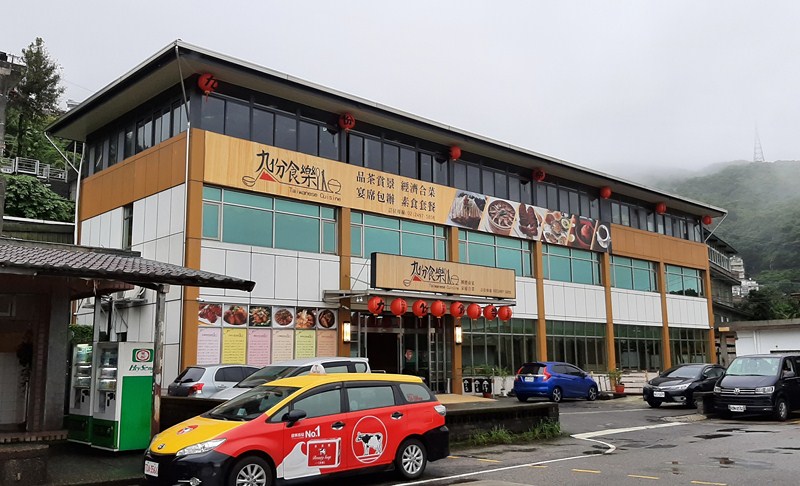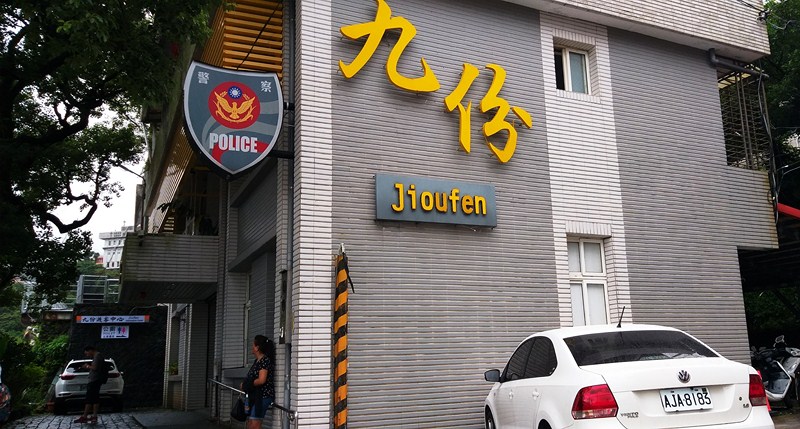After our visit to Taipei 101 Mall, Vincent Chen, our Eagle Tour guide, dropped us all off at the newly renovated Shilin Night Market where we were to have dinner and explore at our leisure. Often considered to be the largest and most famous night market in Taiwan, it encompasses two distinct sections sharing a symbiotic relationship.
Check out “Taipei 101 Building” and “Taipei 101 Mall“
A section, formerly housed in the old Shilin Market building, contains mostly food vendors, small restaurants and surrounding businesses and shops selling other nonfood items.
The food court houses a long row of 539 fixed stalls while the second floor serves as a parking lot for 400 cars. Taiwanese street food or Xiao Tze (which means “small eats”) you can try here include bubble tea, fried buns, fried chicken fillet, fried siopao (NT$50), lemon aiyu jelly, oyster omelet, oyster vermicelli, peanut candy, peanut butter and jelly sandwich, wow frog eggs, grilled vegetable wrapped with pork (NT$10), misua soup (NT$30), Lamien noodles (NT$50), small sausage in a large sausage, stinky tofu (NT$50, served with pickled vegetables), and Taiwanese “tempura.”
Aside from the food court, the side streets and alleys are also lined with storefronts and roadside stands. Also prevalent in the area are cinemas, video arcades and karaoke bars.
Here, you can also buy shoes, accessories, cheap and fashionable clothes ,Taiwanese candies, preserved fruits and toys; have your fortune told; shoot for money; play mahjong; have a massage that makes use of bamboo sticks (N$100) or knives (NT$100 for 10 minutes or NT$220 for 20 minutes) or play an interesting game of catching shrimps.
Like most night markets in Taiwan, the local businesses and vendors begin opening around 4 PM. As students start returning home from school, crowds reach their peak between 8 PM and 11 PM, with businesses continuing operations well past midnight, closing around 1 AM or 2 AM. In recent years, due to the opening of the very efficient and clean Taipei Metro system, tourist traffic has increased.
Shilin Night Market: No. 101號, Jihe Road, Shilin District, Taipei 111.
How to Get There: Shilin Night Market is accessible via the Tamsui–Xinyi line (Tamsui/Red Line) of the Taipei Metro at Jiantan Station (one station before Shilin). One-way fare would range from NT$20 to NT$40. The night market can be seen from the station platform. A number of bus routes also serve the area, with stops at Jiantan Station, nearby Ming Chuan University and Xiao Bei (Hsiao Pei) Street.


